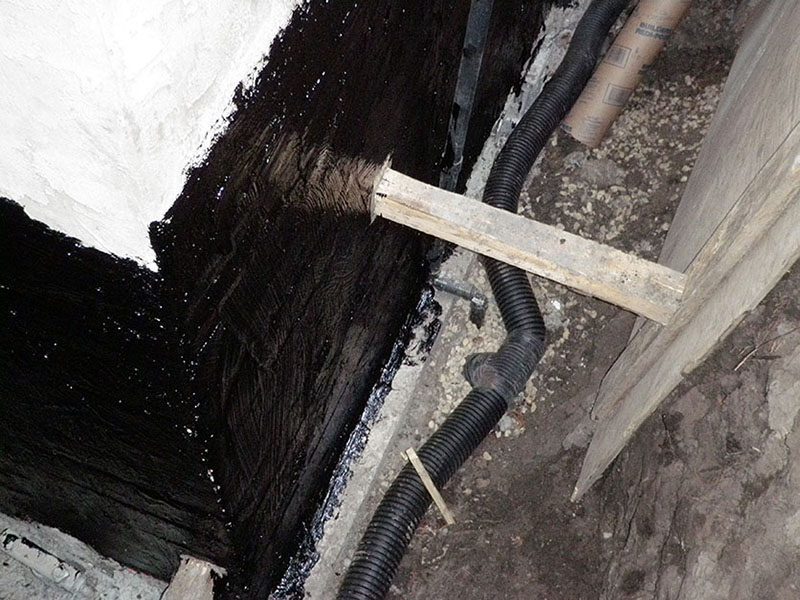OUR CASE HISTORIES
KOPELLA – WATER SEEPAGE
This house is 1960’s built house that had issues with water seepage and a minor horizontal wall fracture. This horizontal fracture in this particular foundation did not display any notable deflection. But with any horizontal fracture we consider it structural and look to reduce lateral loads so as to decrease the chance of future inward deflection. In some cases we will recommend an interior structure wall for reinforcement, or as in this case, monitoring for a period of time after our project.
PROJECT GOALS
- Waterproof the foundation wall
- Relieve lateral pressure on the foundation
- Install weeping tile for footing drainage
- Install a sump system to drain weeping tile
OUR APPROACH
There was a significant amount of concrete to remove prior to excavation. This was done after which excavation was completed. We found that some areas had been repaired previously by others with tar and poly. This repair had failed and had to be removed. We were then able to chip out all fractures and patch them with hydraulic cement.
- A liquid rubber membrane was applied and weeping tile installed around the entire perimeter of the house and connected to an interior sump system.
- The exterior excavation was backfilled with stone. This backfill change is important for several reasons with this particular house:
- Reduction of lateral loads on the foundation wall. Expansive clay can cause pressures, which create substrate deflection. Stone backfill will drastically reduce these lateral loads in removal of the adjacent expansive clay.
- Stone backfill assists with hydration of the footing area due to the immediate passage of water through the washed stone to the perforated weeping tile installed beside the footing. The perforations help with footing area hydration. This hydration is important during drought seasons where the expansive clay we have dries out and shrinks, creating settlement. This is especially imperative in your situation where you have a very shallow footing (within the active soil layer) that is more susceptible to changes in seasonal moisture changes.







